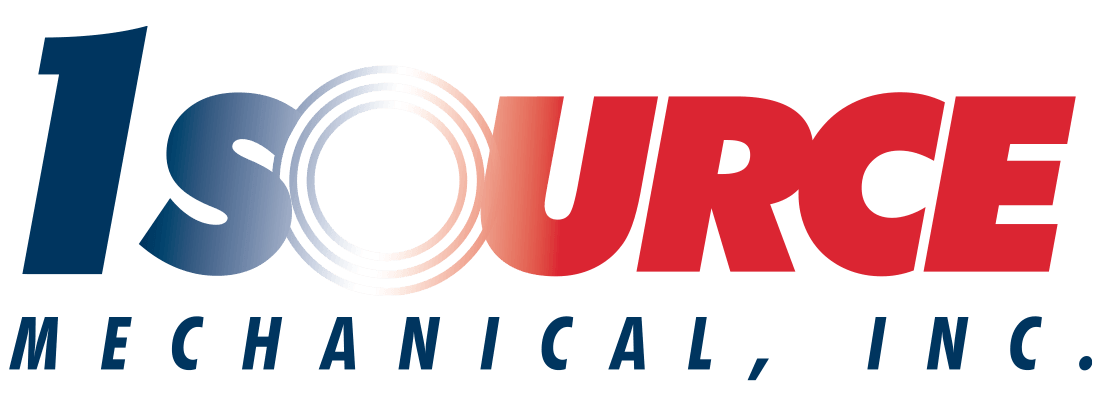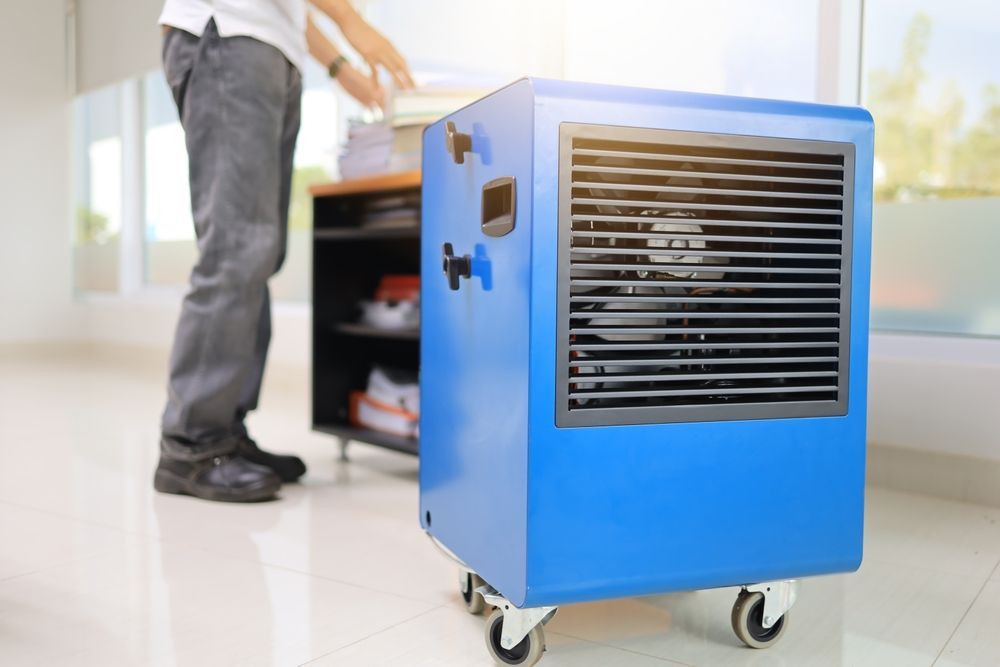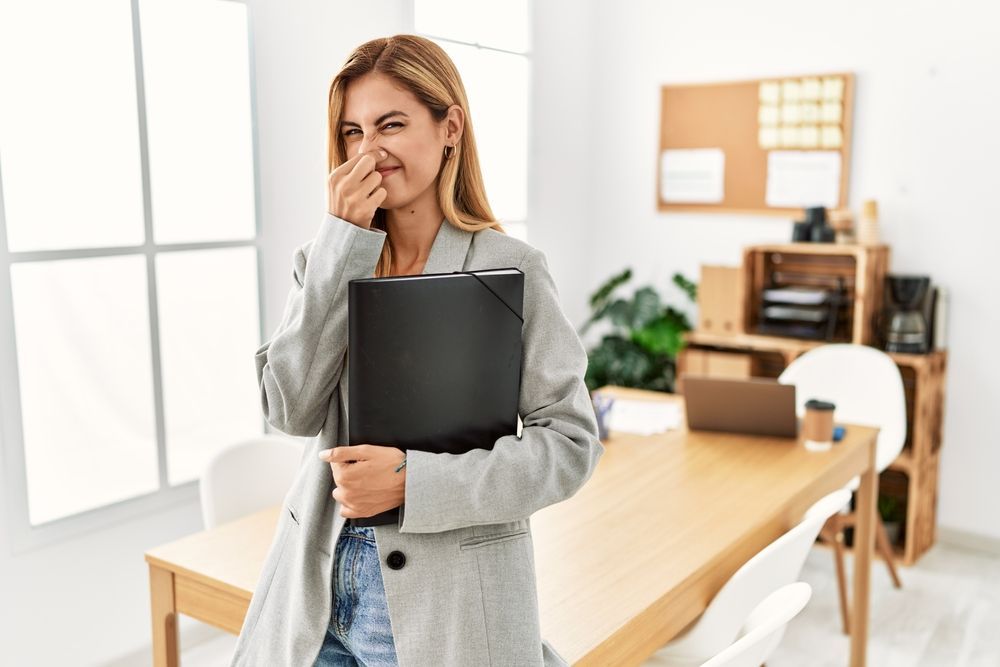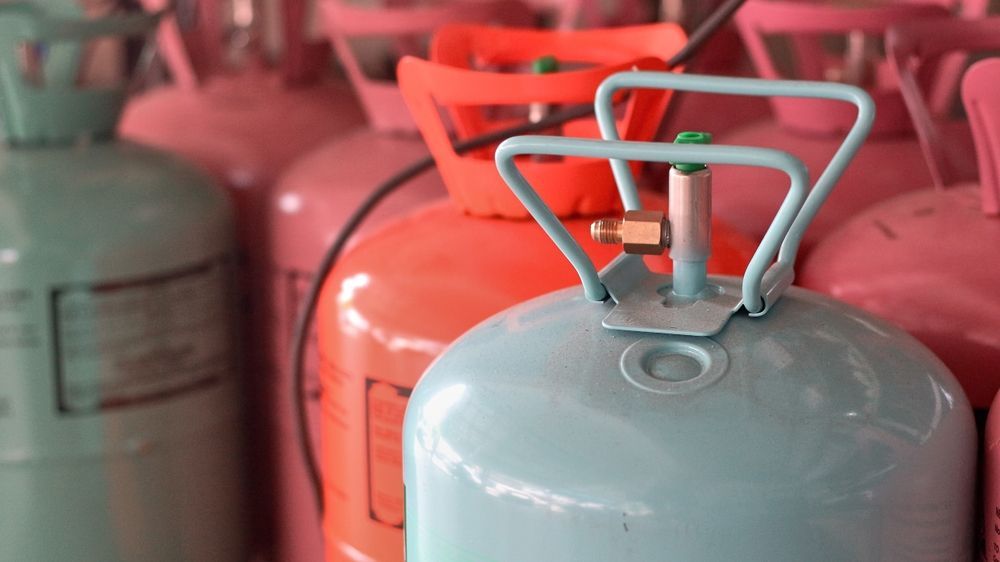What are the Ventilation Requirements for Commercial Buildings?
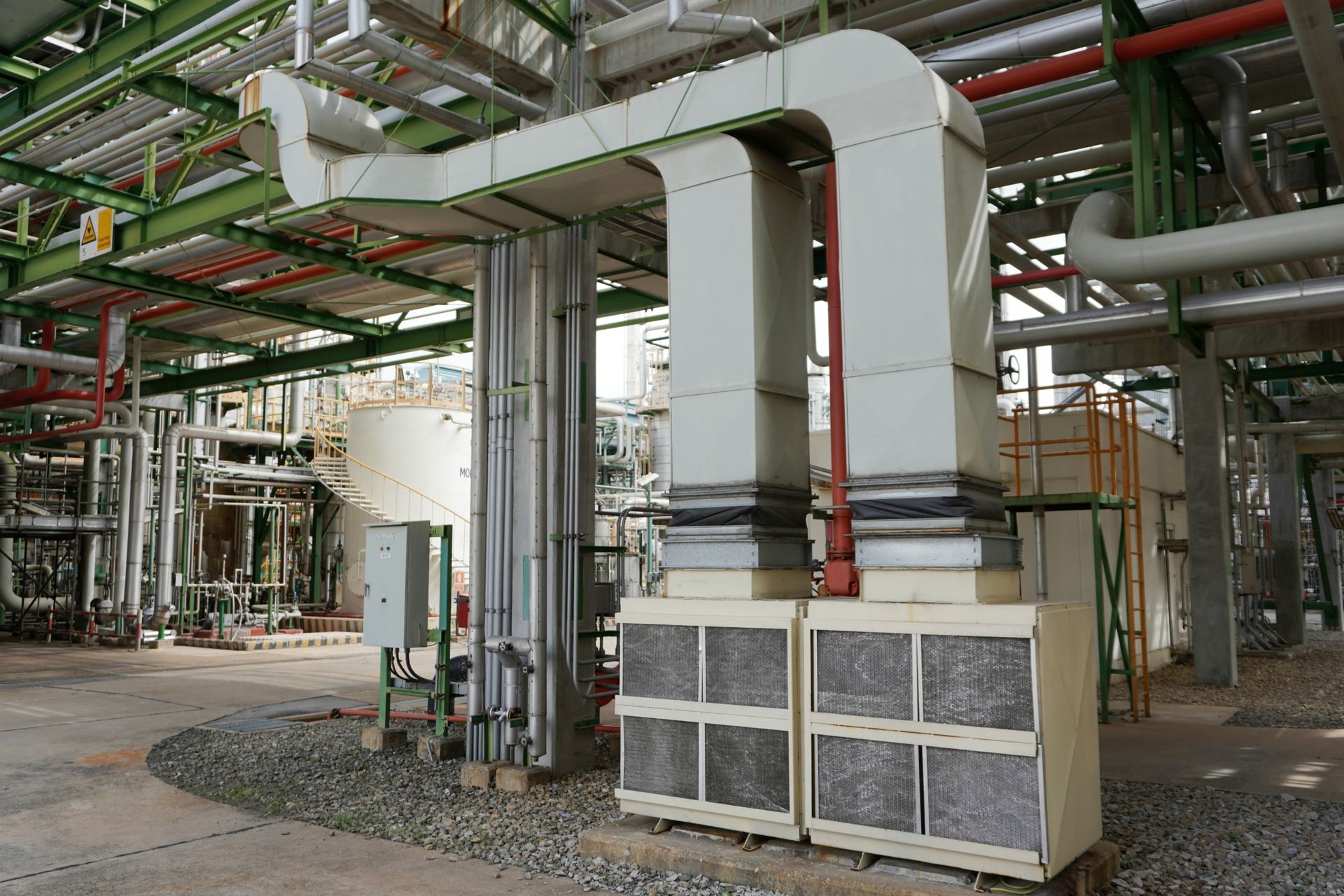
Millions of people spend their workdays in commercial buildings. With so many hours spent indoors, ensuring good air quality is key. After all, human well-being requires fresh, clean air — and a healthy indoor climate requires proper ventilation.
How do you know if your commercial building meets ventilation requirements? Of course, each property has its own specifications, with building size playing a key role. But several components underlie a safe and comfortable indoor climate, including ventilation rate, control and maintenance of air quality, contaminant removal, and code compliance.
Read on to learn about ventilation requirements for commercial buildings.
Ventilation Rate
Let's start with the basics: Why is it important to meet ventilation requirements for commercial buildings? Effective ventilation brings fresh outdoor air in, while pushing stale indoor air out. This transfer helps reduce common pollutants, such as mold, mildew, dust, pollen, carbon monoxide, and toxins, which may lead to respiratory irritation or illness. Proper ventilation also controls humidity levels and helps keep temperatures at correct levels.
A comfortable indoor climate starts with the ventilation rate. Industry standards and guidelines are set by the American Society of Heating, Refrigerating and Air-Conditioning Engineers or ASHRAE. According to ASHRAE standards, the recommended fresh air or outdoor ventilation rates are expressed by cubic feet of air per minute per person, or cfm/person. As a general rule, any occupied building should have a fresh air ventilation rate from five to 10 cfm/person.
Keep in mind that these rates may vary by building size. Ventilation rate standards may also differ depending on how spaces within a building are used. For instance, ASHRAE guidelines call for a break room to have a cfm/person of 5, while labs or media rooms should have a cfm/person of 10.
Control and Maintenance of Air Quality
Ventilation requirements for commercial buildings focus on controlling and maintaining levels of air quality. In 1989, ASHRAE set standards to help building owners and managers make sure that their property's air quality was acceptable.
Specifically, ASHRAE standard 62-1989 defines parameters for indoor air quality limits. These standards lay out ventilation rates and air quality measurements that are acceptable when people live and work within a building. These air quality standards are designed to minimize the risk of negative impact on human health.
Controlling and maintaining air quality through commercial ventilation systems is key. The ASHRAE guidelines account for considerations such as:
- Building location and ventilation system placement, including the quality of the air taken into the building from outdoors
- Building occupancy; is the ventilation system correctly adapted to the number of people working or living in the building
- Do materials used in the building contribute pollutants to the indoor air
- Air must travel from rooms with higher air quality requirements to rooms with lower air quality standards, and not vice versa
- Air recirculation should not introduce pollutants to new areas
- Exhaust vents should not be placed near air intakes and introduce pollutants
- Air from rooms where polluting activities take place should be removed, not recirculated
Another issue that may not be included in ASHRAE standards — but is still important — is energy efficiency. An energy-efficient HVAC system will reduce your monthly bills, saving money over the long run. You may also consider factors such as noise levels. A ventilation system that produces loud sounds can be distracting for workers, customers, and building residents.
Given the complex nature of air quality control and maintenance, it's easy to see why ventilation is not a do-it-yourself endeavor. When it comes to ventilation requirements for commercial buildings, working with a reliable commercial HVAC company is a must.
Contaminant Removal
One of the most important considerations when it comes to commercial building ventilation requirements lies in safety, especially as it relates to human health. An effective, efficient system will improve indoor air quality by removing pollutants from the air.
These contaminants may be in the form of particles, droplets, or even gasses. They may come from a range of different sources, both outside and inside a building. For instance, exhaust from nearby traffic may bring carbon monoxide, ozone, lead, and benzene into the building. Outdoor landscaping plants and trees can cause high indoor pollen levels. Contaminants may also come from inside the building, such as from chemicals used for cleaning, mold or mildew, pest droppings, and pollutants from paint, furniture, and building materials.
According to the Environmental Protection Agency, there are more than a dozen contaminants commonly found in indoor air. These include:
- Smoke from wood fires; contains gasses and particulate matter
- Volatile organic compounds (VOCs) found in paint and cleaning supplies
- Smoke from cigarettes and other tobacco/vape products
- Radon, a naturally occurring gas that's difficult to detect but often gets trapped indoors
- Pesticides and insecticides used to control insects and rodents
- Formaldehyde, a chemical often found in building materials, glue, resin, insulation, and cosmetics
- Carbon monoxide, a hard-to-detect gas that's released whenever fossil fuels are combusted
- Biological contaminants, such as mold, mildew, pollen, dust, mites, dander, and bacteria
These pollutants can cause human health issues. When people breathe contaminants in indoor air, they may experience irritation or damage to the lungs and other health issues. Coughing, sneezing, eye irritation, dry throat, fatigue, and loss of concentration are just a few symptoms caused by unclean indoor air.
Over time, poor ventilation can lead to chronic health problems. Keeping indoor air clean through proper ventilation is key to preventing these issues.
Compliance with Codes
Legal ventilation requirements for commercial buildings vary by state or region. Working with a professional commercial HVAC service will help ensure you're in compliance.
As a general rule, standards focus on ensuring that commercial buildings:
- Provide a satisfactory indoor climate, including air quality, temperature, humidity levels, drafts, odors, and oxygen content
- Air must be free from pollutants that can pose health hazards to building occupants
- Ventilation systems must be properly monitored and maintained
Regular HVAC system maintenance will help keep your building within code, so your employees can be safe, healthy, and productive. Working with a reliable HVAC professional like 1 Source Mechanical makes it easy to maintain compliance.
Contact us at 630-320-9393 or
reach out online to learn how we can help ensure your building meets ventilation requirements for commercial buildings.
